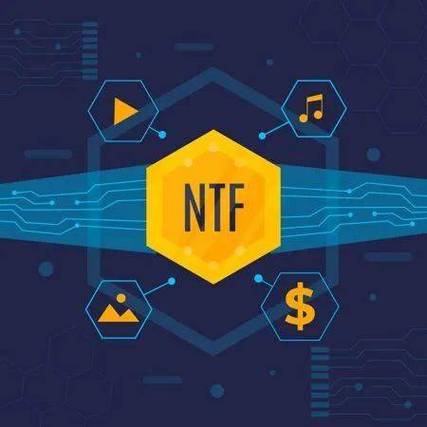```html
Exploring Blockchain NFT Digital Collectibles Technology
Blockchain technology has revolutionized various industries, and one of the most intriguing applications is in the realm of digital collectibles, particularly NonFungible Tokens (NFTs). NFTs have gained immense popularity, allowing individuals to own unique digital assets securely stored on the blockchain. Let's delve into the intricacies of blockchain NFT digital collectibles technology:
NFTs are cryptographic assets on blockchain networks that represent ownership of unique items or digital content. Unlike cryptocurrencies such as Bitcoin or Ethereum, which are fungible and interchangeable, each NFT possesses distinct properties and cannot be replicated. This uniqueness is what confers value to NFTs.
Blockchain serves as the underlying technology for NFTs, providing a decentralized and transparent ledger where ownership and transaction history of NFTs are recorded. The immutability of blockchain ensures the authenticity and scarcity of digital collectibles, preventing duplication or counterfeit.
NFTs find applications across various industries:
- Art and Creatives: Artists can tokenize their artworks as NFTs, enabling them to retain ownership rights and receive royalties for subsequent sales.
- Gaming: NFTs are used to represent ingame assets, allowing players to truly own and trade digital items across different gaming platforms.
- Sports: Athletes can tokenize memorabilia, such as gamewinning jerseys or iconic moments, providing fans with unique collectibles.
- Real Estate: NFTs can represent property ownership or fractional ownership of real estate, facilitating transparent and efficient transactions.
Despite their potential, NFTs face several challenges:
- Environmental Concerns: The energy consumption associated with blockchain networks, especially Proof of Work (PoW) consensus mechanisms, has raised concerns about the environmental impact of NFTs.
- Lack of Regulation: The nascent nature of NFTs has led to regulatory uncertainties, particularly regarding intellectual property rights, taxation, and investor protection.
- Market Volatility: The valuation of NFTs can be highly speculative, subject to market trends and hype cycles, posing risks for investors.
Despite the challenges, the future of blockchain NFT technology appears promising:

- Scalability Solutions: Continued advancements in blockchain technology, such as Layer 2 scaling solutions and transitioning to Proof of Stake (PoS) consensus, can address scalability issues and reduce energy consumption.
- Regulatory Clarity: Collaborative efforts between industry stakeholders and regulators can establish clear guidelines for NFT markets, fostering investor confidence and mainstream adoption.
- Educational Initiatives: Increased education and awareness about NFTs are essential to empower creators, investors, and users to make informed decisions and navigate the evolving landscape.
In conclusion, blockchain NFT technology represents a paradigm shift in the concept of ownership and digital assets. By leveraging blockchain's capabilities, NFTs offer new opportunities for creators, collectors, and investors, albeit with accompanying challenges that necessitate collaborative solutions and regulatory frameworks.

